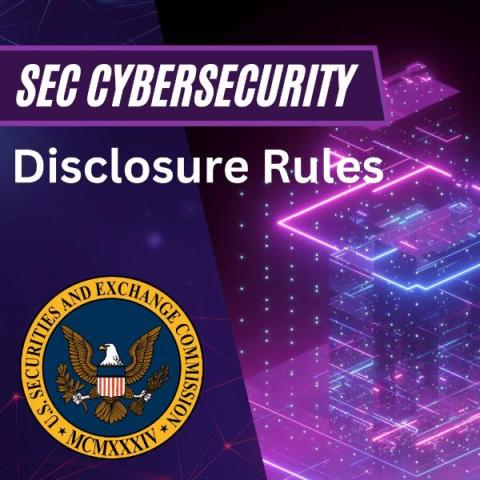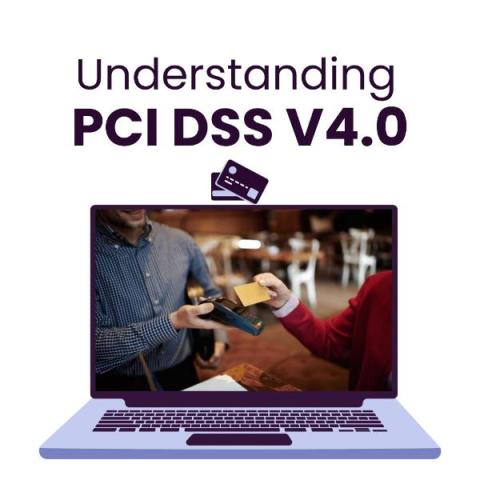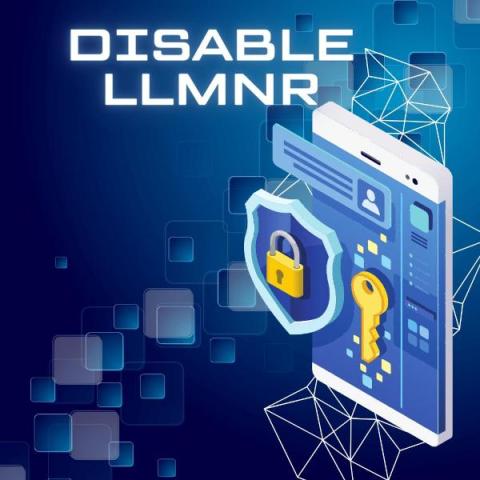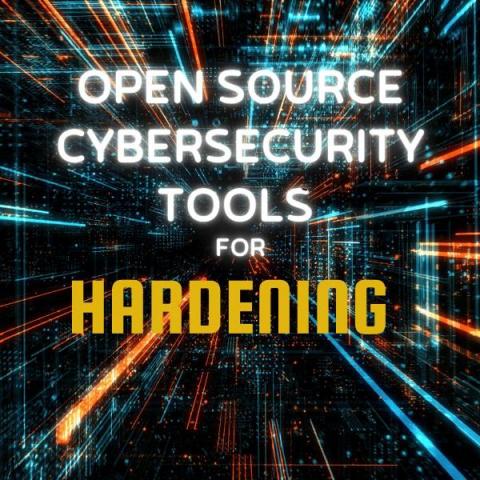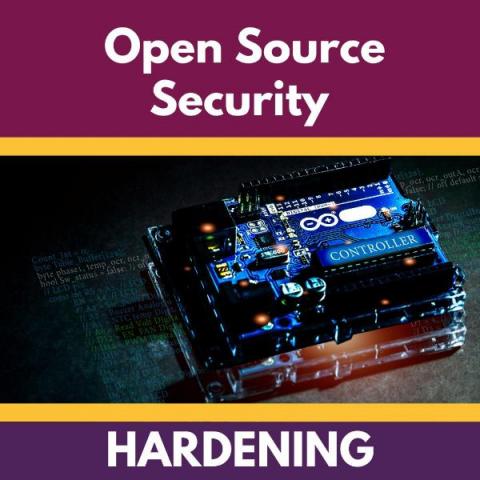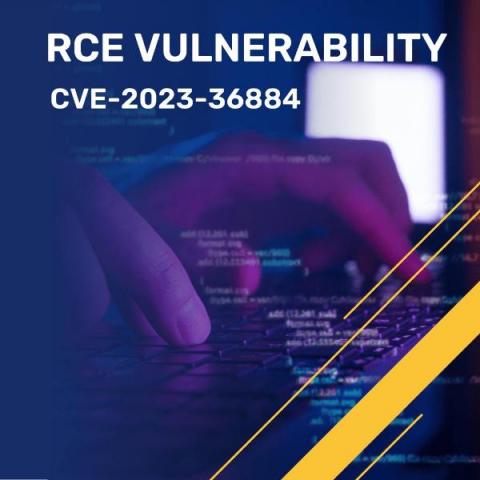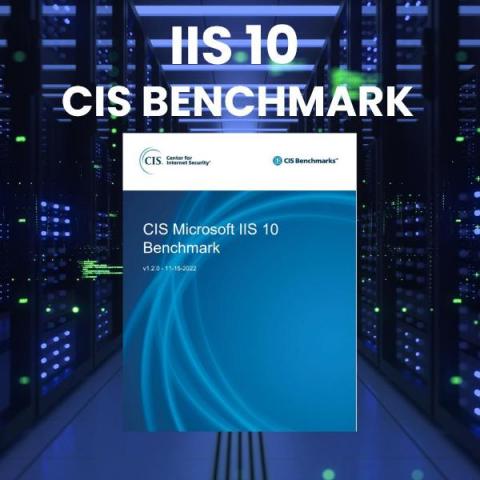SEC Cybersecurity Disclosure Rules: What You Need to Know
On July 2023, the Securities and Exchange Commission (SEC) implemented a final rule mandating public companies to furnish comprehensive and uniform disclosures pertaining to cybersecurity risk management, strategy, governance, and incidents. We’re going to discuss SEC Cybersecurity Disclosure Rules and What You Need to Know.


